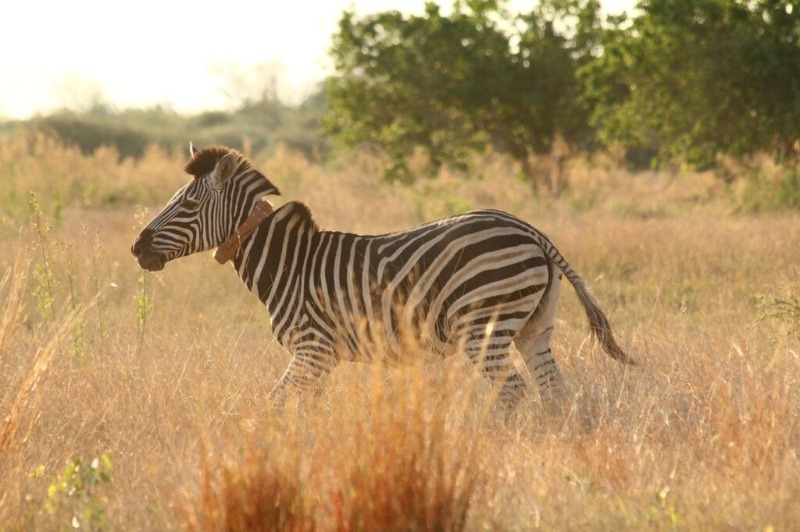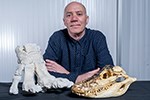New research shows that human modification of landscapes reduces mammals’ range
A new study suggests that mammals move considerably shorter distances in areas that have been modified by humans than they would if they were in the wild. Findings from an international team of leading scientists indicate that mammals move distances of two to three times shorter than they would naturally cover in the wild.

For most mammals, movement is an essential part of daily life. Whether it is searching for food, finding a mate or seeking out shelter, it is critical for mammals to be able to transport themselves over vast distances in order to survive. However, for the first time ever, research has been carried out analysing the effect that human modifications to the landscape are having on a variety of mammal species. In this study, 114 co-authors from various institutions collated movement data from 803 individuals across 57 mammal species including elephants, zebras, hares and wild boars from around the globe.
Dr. Hattie Bartlam-Brooks, a Postdoctoral Researcher at the Royal Veterinary College, contributed to this new research, and the group has found far reaching consequences for both ecosystems and society. Hattie and her team equipped individual animals with GPS tracking devices and recorded each animal’s location every hour over a period of two years. These data were then analysed alongside the Human Footprint Index, which measures the amount an area has been changed by human activities (such as infrastructure, settlements or agriculture).
Interestingly, this research has shown that mammals move at the same rate across natural landscapes as they do across human modified landscapes. However, over a period of over 10 days or more animals are found to range over a wider distance in a natural landscape than in a human-modified landscape. This means that the human footprint affects the ranging behaviour of mammals over longer time frames but does not affect their movements at shorter time frames.
The researchers were very concerned by the findings of this research. Mammalian movements bring different species together and allow for interactions in food webs that might otherwise not occur. There is a risk that if mammals are moving less then it could alter the functionality of many ecosystems.
Dr. Hattie Bartlam-Brooks said, "By limiting animal movement we impede their ability to perform critical day-to-day functions and ultimately, in some species, constrain their long-term viability. To properly allow for the conservation of medium to large-sized mammal species we need to prioritise conservation at the landscape scale, such as the integrated management of land through national parks, wildlife corridors and community conservation areas."
Notes to Editors
For more information please contact:
• Uche Graves (uche.graves@plmr.co.uk) Zoe Chadwick (zoe.chadwick@plmr.co.uk) or awilson@rvc.ac.uk
• Press Line: 0800 368 9520
About the Royal Veterinary College
• The Royal Veterinary College (RVC) is the UK's largest and longest established independent veterinary school and is a constituent College of the University of London.
The RVC offers undergraduate, postgraduate and CPD programmes in veterinary medicine, veterinary nursing and biological sciences, being ranked in the top 10 universities nationally for biosciences degrees. It is currently the only veterinary school in the world to hold full accreditation from AVMA, EAEVE, RCVS and AVBC.
• A research-led institution, in the most recent Research Excellence Framework (REF2014) the RVC maintained its position as the top HEFCE funded veterinary focused research institution.
• The Structure & Motion Lab is a world leading lab researching into mechanics of locomotion in a wide range of animal species from insects to dinosaurs. www.rvc.ac.uk/sml
• The RVC also provides animal owners and the veterinary profession with access to expert veterinary care and advice through its teaching hospitals; the Beaumont Sainsbury Animal Hospital in central London, the Queen Mother Hospital for Animals (Europe's largest small animal referral centre), the Equine Referral Hospital, and the Farm Animal Clinical Centre located at the Hertfordshire campus.
You may also be interested in:
-
RVC’s Professor John Hutchinson elected Fellow of prestigious Royal Society
John Hutchinson, Professor of Evolutionary Biomechanics at the Royal Veterinary College (RVC), has …

